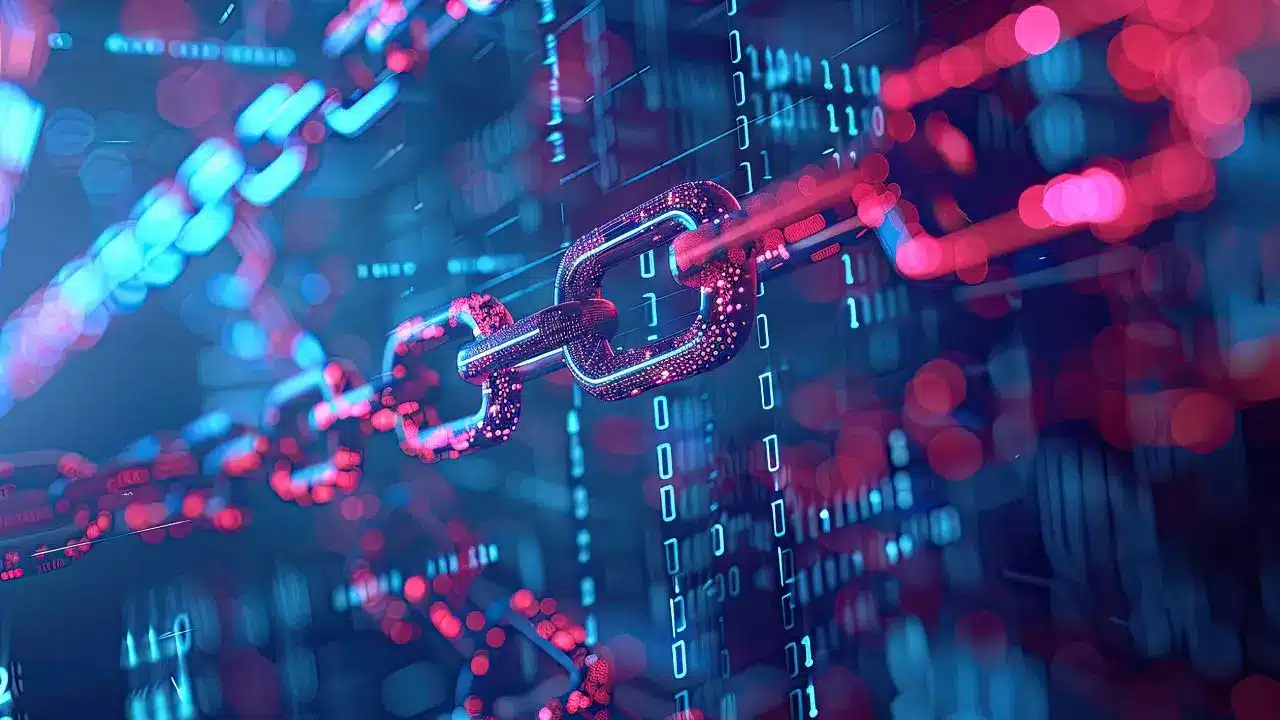Blockchain Pentesting: Why is it necessary?

The number and density of attacks on platforms that operate with blockchain, especially cryptocurrencies, have stimulated the debate on the convenience of protecting them with highly specialized periodic pentesting
Blockchain technology has revolutionized the way we manage digital transactions and data security. It is a robust and transparent solution, but not infallible. That is why more and more voices are defending the need to incorporate a concept into its universe, blockchain pentesting, or, what is the same, the need to evaluate the security of any application or solution developed with this technology.
Cases that expose blockchain security
The horizontality achieved by this standard clearly speaks to the convenience of consolidating this relationship between blockchain and pentesting. Finance, health, insurance, real estate, energy… Its deployment is progressing steadily, and today, it is practically impossible to find a critical sector of the world economy in which there is no trace of this technology.
Its potential is enormous. But the threats it faces are increasingly evident. In January last year, Orbit Chain suffered the theft of more than $80 million after the platform was hacked. That same month, Gamma Strategies saw $3.4 million stolen in a cyberattack on a liquidity management protocol.
Mixin Network, Poloniex, Atomic Wallet, Ronin Network (the biggest heist in history up to that point with 625 million stolen), Nomad Bridge… The list of blockchain platforms in recent years has materialized in a sort of constant trickle. It is for all these reasons that the concept of blockchain pentesting has become commonplace in the world of cybersecurity.
1. What is blockchain, and what are its advantages?
In essence, blockchain is a distributed data storage system that operates in a network of decentralized nodes. The protocol is made up of chained blocks that store transaction data that is validated through a consensus mechanism.
Experts list the advantages it offers as follows:
- Immutability: Data recorded in blockchain cannot be altered without the approval of the network.
- Decentralization: It does not depend on a central entity for its operation.
- Cryptographic security: It uses digital signatures and hashing to protect information.
- Transparency: All participants can verify transactions.
2. What does the concept of blockchain pentesting represent?
Blockchain pentesting is the process by which an application is subjected to a security evaluation by simulating real attacks. The objective of these tests is to identify vulnerabilities in smart contracts, nodes, networks and consensus mechanisms before hostile actors can exploit them.
Penetration testing services are carried out using a combination of automated tools and manual tests performed by ethical hackers. These teams identify security flaws in blockchain platforms and applications and propose solutions to fix them.
3. What are the main threats and vulnerabilities?
Attacks recorded in recent years have focused on different components or variables of platforms and applications that operate with the blockchain standard:
3.1 Vulnerabilities in Smart Contracts
The main security flaws related to smart contracts are these:
- Re-entry attacks: These allow an attacker to execute contract functions before previous transactions are finalized.
- Integer overflow: These are calculation errors that can lead to incorrect fund transfers.
- Lack of access control: This can allow unauthorized users to execute critical functions.
3.2 Attacks on the Consensus Mechanism
Two main types of incidents have been detected. On the one hand, 51% of attacks in which a hostile actor manages to take control of more than 50% of the network, thus gaining the necessary capabilities to manipulate transactions.
On the other hand, there are Sybil attacks, which consist of the creation of fake identities with which it is possible to alter the consensus.
3.3 Attacks on the network.
In these cases, security analysts have detected that hostile actors focus on two types of cyberattacks. The first is denial of service (DDoS) attacks that overload the network with a massive volume of requests.
The second one is based on interruptions to the P2P network by manipulating communication between nodes to isolate certain parts of the network.
3.4 Risks in Key Management
The fourth vulnerability is, in a way, a classic of cybersecurity: problems with key management.
Previous experience has identified security incidents related to this attack vector:
- Insecure storage of private keys: This can lead to the loss or theft of funds.
- Weaknesses in a key generation: These make it easier for attackers to predict private keys.
There is one last vulnerability indirectly related to this point: inadequate encryption. In these episodes, the lack of robust encryption makes it easier to intercept sensitive data.

4. Benefits of blockchain pentesting
Blockchain pentesting not only identifies vulnerabilities but also proposes solutions to companies and institutions, as well as other advantages. These are some of them:
- Prevention is better than cure. Subjecting a tool or platform created with blockchain to these simulated attacks allows security breaches to be identified before hostile actors can exploit them.
- Protection of critical assets. The most obvious example in this case is that of blockchain platforms that operate cryptocurrencies. A blockchain pentesting service can be enormously helpful in circumventing the thefts of cryptocurrencies or information that have come to light in recent years.
- Regulatory compliance. Having this type of test carried out periodically helps to guarantee compliance with regulations such as the GDPR or the obtaining or renewal of certifications such as ISO 27001.
- Brand trust. A cyberattack can cause not only economic losses but also reputational damage. Blockchain pentesting helps to guarantee higher levels of security on the platform, which will ultimately result in its credibility.
5. What is the methodology of blockchain pentesting?
The development of blockchain pen-testing is based on a structured methodology that guarantees an exhaustive evaluation of the platform or application. The system, of course, may vary depending on the company that is going to undertake the task.
These are the steps that essentially make up these security tests:
- Collection of information: Information is obtained on the system architecture, the type of blockchain used and the applications involved. Knowing how the technology and its protocols work is critical when defining the pentesting.
- Definition of scope: The objectives of the test are determined, such as smart contracts, nodes or networks.
- Vulnerability scanning: Automatic tools are used to identify known flaws. Scanners such as Mythril, Slither or Manticore are commonly used in these tests when analyzing smart contracts.
- Manual testing: Real attacks are simulated to discover hidden vulnerabilities.
- Analysis of results: Findings are documented along with their impact and solutions are suggested.
- Bug fixing: Developers are advised on how to implement the necessary improvements.
- Re-evaluation: Additional tests are carried out to verify that the bugs have been fixed.
6. In conclusion
Blockchain is one of the technologies of the moment due to its ability to offer security and transparency to its users. However, its capabilities are not safe from attacks, which, over time, have evolved and become more sophisticated.
That is why incorporating periodic blockchain pentesting tests into the security roadmap seems to be more than just a recommendation. Especially when updates are made that could increase the attack surface or the vectors exploitable by hostile actors.
In a world where cybersecurity is more critical than ever, investing in pentesting is no longer an option. Its a necessity.
